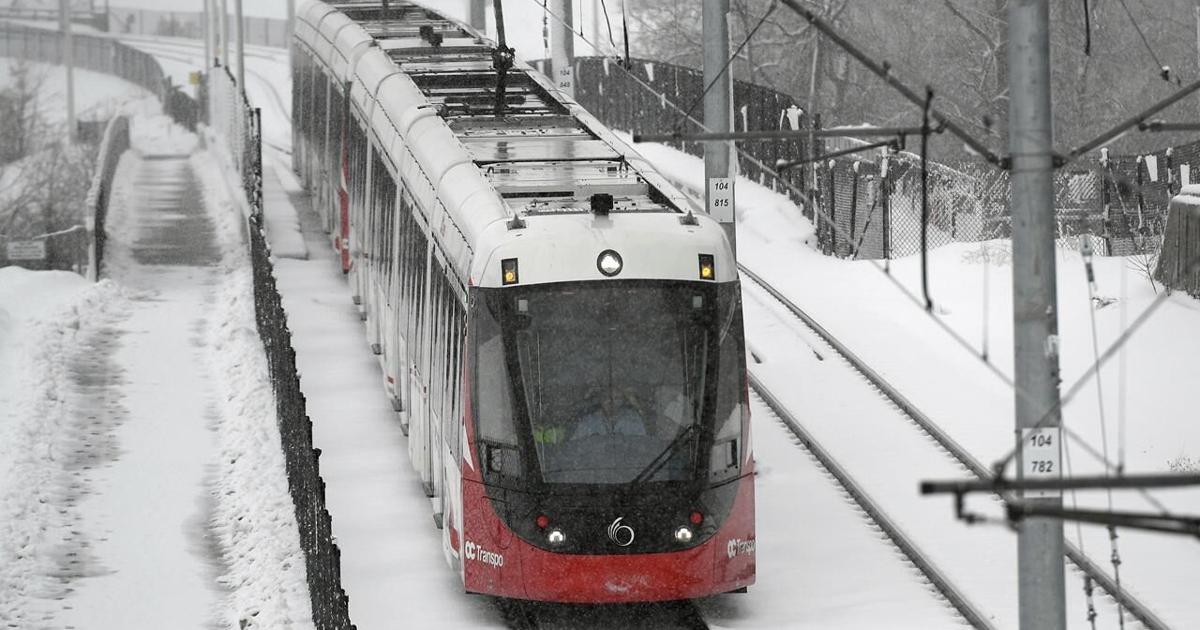archited
Senior Member
Battery systems have improved a great deal over just the past 12 months and the expectation is that they will continue to do so. More importantly, battery management systems have greatly improved from nigh-on non-existent to quite common (especially here in SoCal). There are a couple of inherent problems with electrical supply and sustainability -- both are being resolved fairly slowly. The Grid tries to provide electricity to meet demand -- if it overproduces, the extra electricity has typically gone to waste in the past (battery storage systems are beginning to manage that but they have a long way to go). Overhead wires are also extremely inefficient as a power source; electricity is lost to the atmosphere (that's why you hear that crackling sound when there is frost buildup on overhead wires). The high-voltage transfer lines of the grid are also unhealthful -- an unavoidable economic necessity -- that's why most cities have relatively innocuous uses under the grid lines. Battery powered electric buses will be far more efficient (over time) than trolley buses -- they will be able to return unused power to battery systems that can then be stored or transferred to other vehicles; they can be used for any route (not limited to trolley lines); and batteries year-on-year are becoming more efficient, smaller in size and greater in range capability.
Expect to see through the 2020s an explosion in use of large scale battery users -- buses, semis, motorhomes, delivery vehicles (including drones) -- some of these will use hydrogen fuel cells as an electricity source. LSM and LIM systems will begin to replace all overhead wire systems -- Japan is a leader here.
Expect to see through the 2020s an explosion in use of large scale battery users -- buses, semis, motorhomes, delivery vehicles (including drones) -- some of these will use hydrogen fuel cells as an electricity source. LSM and LIM systems will begin to replace all overhead wire systems -- Japan is a leader here.







